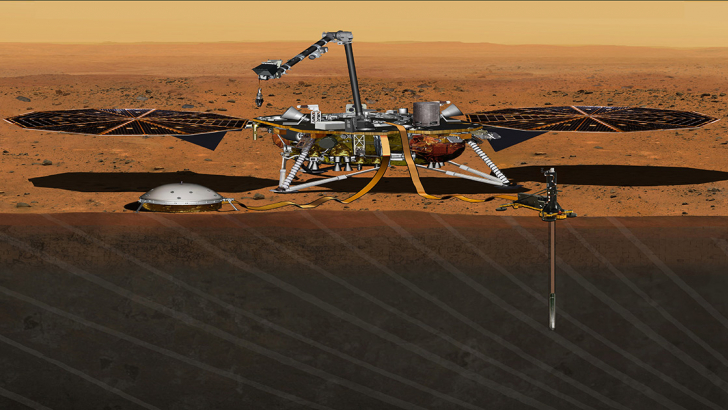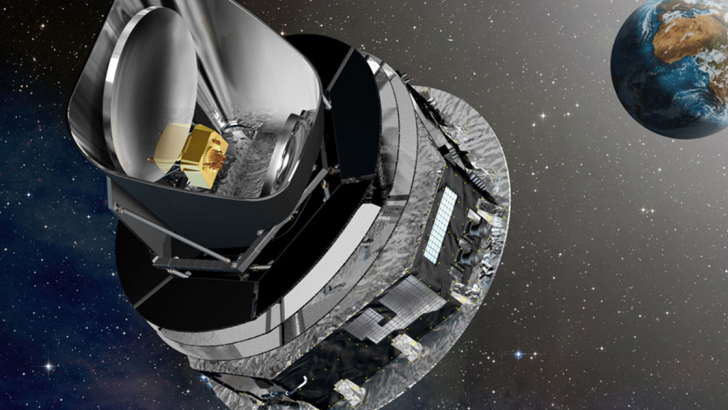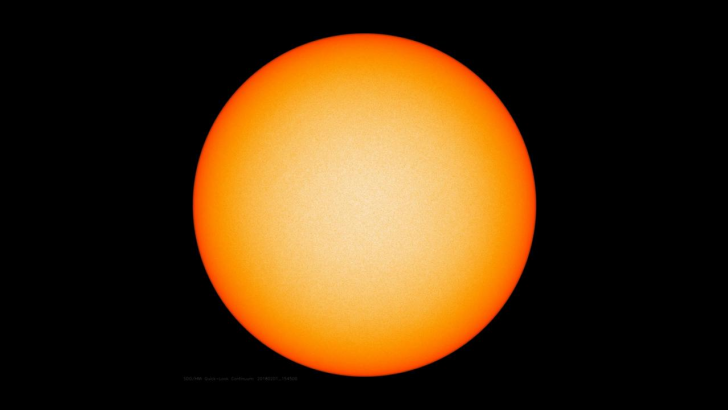SCIENZA E RICERCA
Esplorazione di Saturno: i successi di Cassini e gli sviluppi futuri
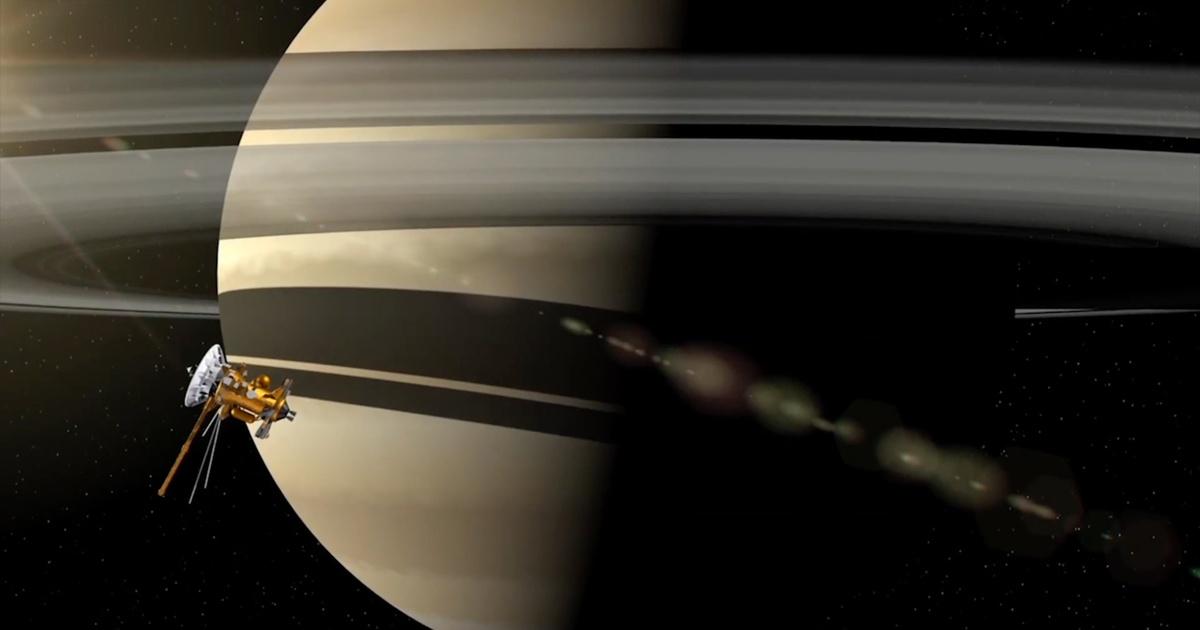
Saturno ha da sempre esercitato un grande fascino sui suoi osservatori, dai babilonesi che ancora non ne comprendevano la particolare natura sino a Galileo che per primo osservò l’inconsueta sagoma del pianeta senza però venirne a capo. Si giunge così ai giorni nostri con quella che Alice Lucchetti, ricercatrice dell’Inaf di Padova, definisce come una delle missioni spaziali più longeve intraprese fin’ora: la Cassini-Huygens. Un progetto estremamente ambizioso, reso possibile dalla collaborazione tra le agenzie spaziali statunitense, europea e italiana. La missione si è conclusa nel settembre del 2017 (vent’anni dopo il lancio) con la distruzione programmata della sonda che orbitava attorno al pianeta – “gli strumenti davano i primi segni di cedimento - spiega Lucchetti – ma in realtà la missione doveva finire molti anni prima. Dato che però la strumentazione si è mantenuta bene si è deciso di proseguire”. Si tratta di indicatori che sottolineano la perfetta riuscita della missione al pari dell’enorme ritorno scientifico avuto.
Tra le conquiste più rilevanti della missione vi sono l’osservazione di uragani nell’atmosfera del pianeta e la scoperta di laghi di idrocarburi su Titano (satellite con caratteristiche per certi versi simili a quelle della Terra). Alice Lucchetti pone però l’accento su un ulteriore fenomeno osservato su Encelado, altro satellite di dimensioni ridotte rispetto a Titano e che rispetto a quest’ultimo presenta una superficie ghiacciata. Si tratta di un fenomeno simile al getto di un geyser, che riversa detriti e acqua nello spazio.

NASA's Cassini spacecraft about to make one of its dives between Saturn and its innermost rings as part of the mission's grand finale.
"This was one of the major discoveries until 2006 when jets were first observed, nothing like it had ever been observed in other celestial bodies. Later similarities made on Europa, a natural satellite of Jupiter, if the jets seen on Enceladus were also present. Furthermore, there was a way to observe how the fractures, also called 'tiger stripes', from which the jets come out are placed only at the south pole, while at the north pole there are a large number of craters."
These are surveys that made it possible to determine Enceladus' contribution to the formation of the particles fed by the frequent emission of icy material from the satellite, that make up the outermost ring of Saturn.
"In light of the discoveries made, it is clear that the amount of data collected was enormous", Lucchetti continues, "and in Padua a study was conducted through a statistical method on Enceladus, focusing on the structure of the tiger stripes. This study was conducted to determine how much the fractures penetrate the icy crust, which is about 30 km thick at the south pole and thickens even more as you go up north to reach 70 km."
It is important to note that despite the success of the mission, the 'Lord of the Rings' has not yet revealed all its secrets. To continue the path undertaken, NASA has recently selected a ‘New Frontier’ mission directed towards Titan. The Dragonfly mission to Titan will depart on 2026 with a scheduled arrival in 2034. This mission will make use of a drone, which will be in charge of collecting information on organic materials present on the moon to provide clues to the development of life. According to Lucchetti "The proof that the Cassini mission has opened questions must continue to be investigated."
Traduzione a cura di Ellen Jane Corcoran
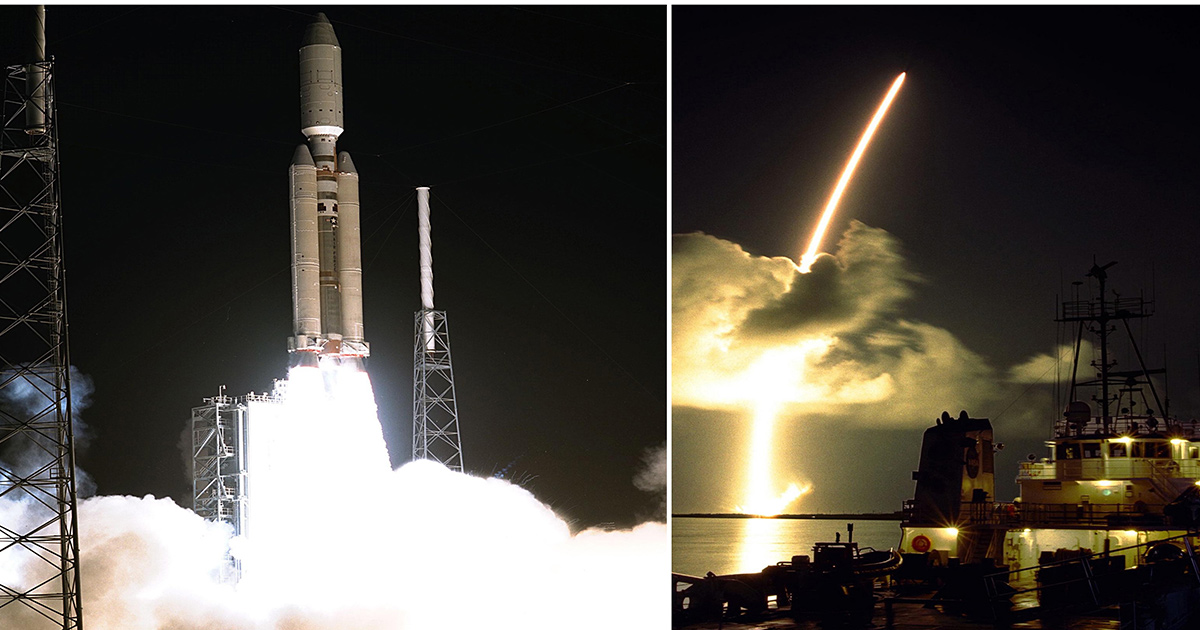
Il lancio, nel 1997, della sonda Cassini


